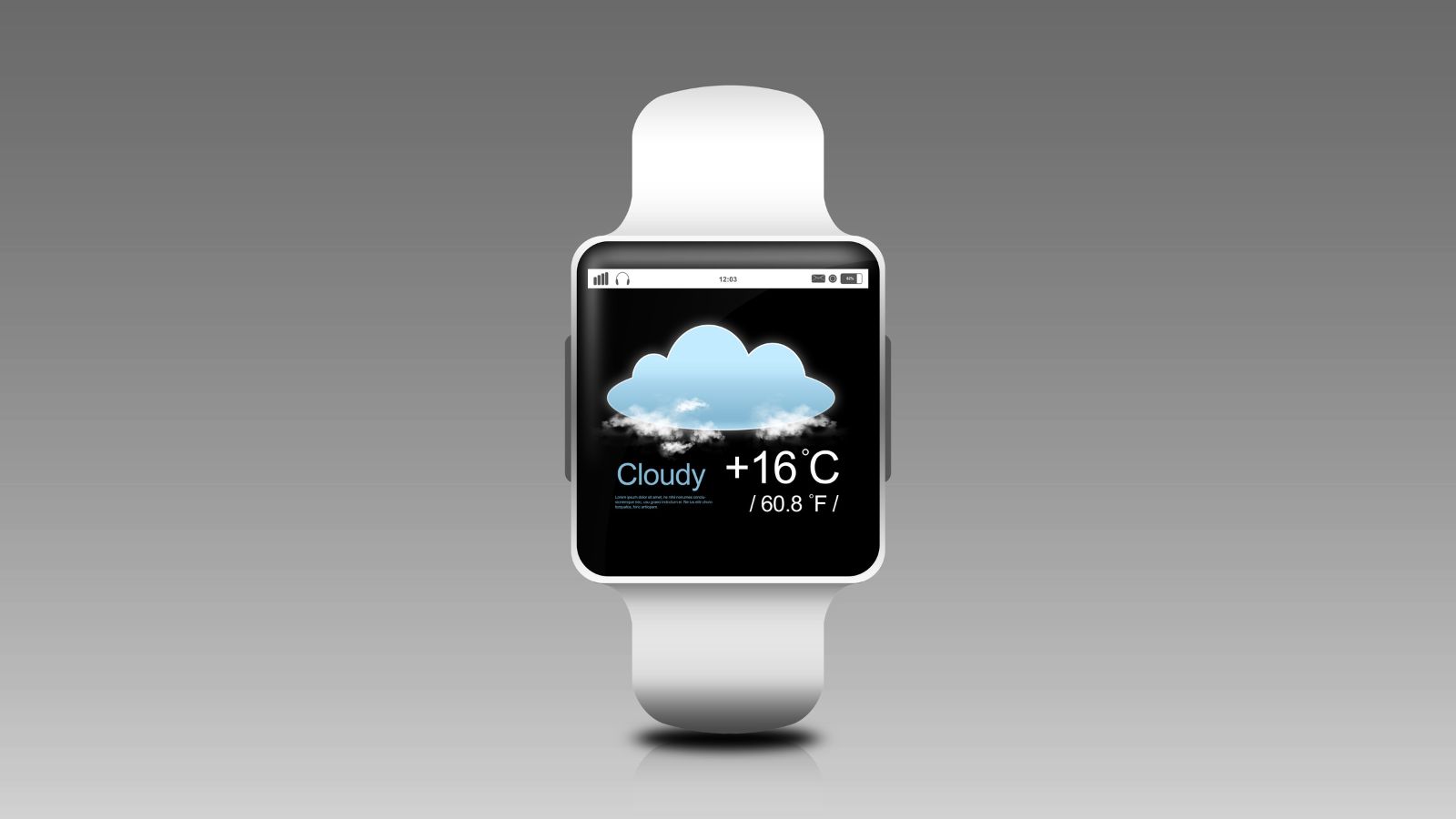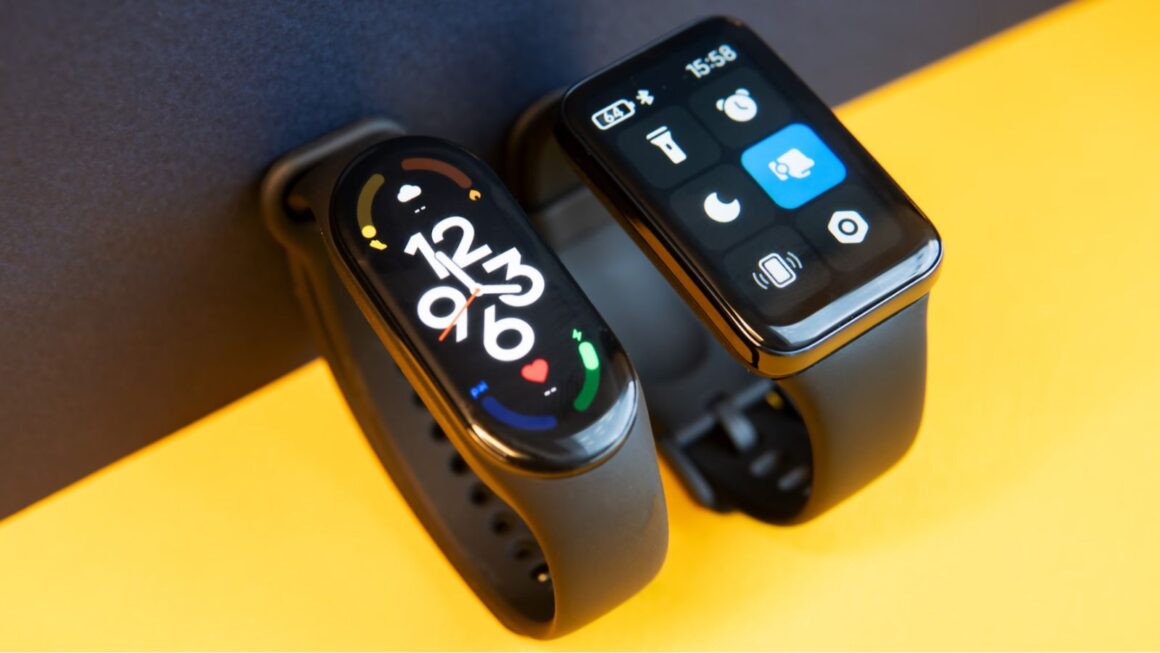Today’s fitness bands aren’t just glorified pedometers; they’re full-fledged health companions. Once limited to counting steps, they now employ multiple sensors to track a range of metrics — everything from your heartbeat to how long you spend in deep sleep. Such devices fit snugly on the wrist, quietly collecting data all day and night, removing the guesswork from one’s wellness routine.
Gamified Progress Meets Online Games
Just as online games reward players with levels, badges, and unlockable content, fitness trackers borrow that same motivational magic. By connecting to apps and social platforms, they turn your morning jog or evening yoga into a series of quests. Players can compare achievements, compete on leaderboards, and earn digital trophies. Curious how fitness and gaming collide? Just log in to lightning roulette online and watch as every real-world step you take powers your avatar through an electrifying shared quest.
Key Activity Tracking Features
Most modern bands use accelerometers and gyroscopes to understand motion patterns with surprising detail. They can tell when someone is:
-
Walking, running, or hiking across varied terrain
-
Cycling or on a stationary bike
-
Performing strength routines, from push‑ups to squats
-
Practicing yoga or Pilates with pose recognition
This breakdown helps users adjust workouts, aiming for consistency and gradual improvement over time.
Heart and Stress Monitoring
Optical heart sensors shine light into the skin to detect blood flow, producing continuous heart‑rate readings. Some advanced models even offer single‑lead ECG tests, flagging irregular rhythms that warrant further attention. By analyzing heart‑rate variability, these bands estimate stress levels and prompt users to take mindful breaks. In everyday terms, they deliver:
-
Resting heart‑rate trends to reveal cardiovascular fitness gains
-
Real‑time feedback during workouts for safe intensity zones
-
Stress‑score alerts with guided breathing exercises for quick relief
-
Recovery suggestions, indicating when to push harder or rest
Such insights guide users toward smarter training, reducing the risk of overdoing it.
Tracking Sleep and Daily Habits
Beyond workouts, these gadgets measure sleep architecture — light, deep, and REM phases — to sketch a full picture of nightly recovery. Users learn how long they really slept, when they woke up, and what might be disrupting their rest. Over time, patterns emerge, such as late‑night scrolling sabotaging deep sleep or weekend lie‑ins confusing the internal clock.
Moreover, many bands serve double duty for convenience. Built‑in NFC chips enable contactless payments at cafés or gym vending machines. Standalone GPS options map routes without tethering to a phone, which is perfect for trail runners. And discreet notifications let wearers glance at calls or texts without fumbling for a smartphone.
Community, Competition, and Longevity
The social side of fitness trackers keeps motivation humming. Users can join group challenges, cheer friends on, or even form workout teams that mirror gaming clans. Achieving a weekly streak or beating a personal best becomes a shared victory, stoking enthusiasm and accountability.
Battery life has improved too. Entry‑level bands often last a week or more, while stripped‑down models stretch to two weeks between charges. Quick‑charge features mean a short session on the charger can deliver hours of extra tracking, minimizing downtime.

Looking Ahead: Predictive Wellness
Perhaps the most exciting development lies in predictive analytics. By feeding long‑term user data into machine‑learning models, some platforms aim to forecast health issues before symptoms appear. Imagine receiving a notification suggesting more rest because your data hints at an impending burnout or sleep disorder. This shift from reactive to proactive care could redefine personal health management in the years to come.
Embracing a Data‑Driven Lifestyle
No gadget is flawless — sensor accuracy can vary with fit and skin tone, and complex movements still challenge algorithms. Privacy remains a concern, since health metrics often sync to cloud servers. Users should pick reputable brands and review data policies carefully.
Despite these caveats, modern fitness bands have earned their place as daily allies. They blend traditional self‑monitoring with cutting‑edge tech, making wellness feel more like a personalized game than a chore. For anyone curious about their own data‑driven journey, these devices offer a clear starting point — and plenty of room to grow.

